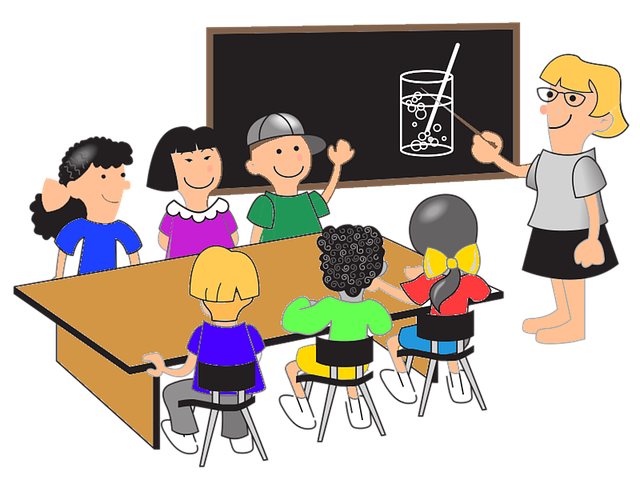In a series of articles, we will look at several educational systems, different from each other as a model, in countries with different cultural characteristics and mentality, located on different continents.
Shanghai
Shanghai is the country that traditionally ranks first in the PISA study. It is a model for building learning content. Unlike most European systems, where secondary education is made up of the same volume of subjects that are compulsory for all students, here it is divided into three peculiar "circles":
- basic knowledge that covers the basic skills absolutely necessary for a full life in the community, mandatory for all;
- elective courses through which students are "profiled" early in the direction in which they demonstrate more skill than their peers;
- extracurricular activities related both to their own educational and to a variety of social activities.
The delivery of the learning content is facilitated by the implementation of a unified digital system common to all schools, which contains most of the learning resources. In order for such a system to function properly, Shanghai pays considerable attention to the training of teachers, and in order to maintain their legal capacity, they are required to undergo a minimum of 240 hours of training every 5 years in their choice - either in the field of pedagogy, in the specific scientific fields in which they specialize, in psychology, etc. Of great importance is also the way in which the workload of submitting study material is structured. While in Bulgarian schools the majority of the burden falls on classroom education, in Shanghai schools it is evenly distributed among students' independent work at home. Of course, for such a distribution model to work successfully, high access to information resources in the home and a complete family environment that creates a desire for education is also necessary. Considering how low the level of these indicators is in Bulgaria, however, there is no way to expect dramatic changes in the quality of education in the event that the amount of independent work performed by students increases.
Shanghai also applies a special testing system – instead of being tested on recreating and retelling the learned learning material, on completing their degrees and applying to university, students have to solve practical cases that require the application of what they have already learned. In this way, the problem of "useless" abstract knowledge is eliminated, which is considered one of the main challenges to the reformation of educational systems.
In Holland the compulsory part of education begins when students are five years old and ends when they are sixteen. The final step of secondary education, which is a transition period to higher education, is taken only by those who intend to study at university rather than receive some form of vocational education. With the recently introduced reforms in our country, our structure is the same as in the Netherlands. This makes it easier for students on the one hand, allowing a smoother transition to higher education, and also allows the optimization of public spending, since this "additional" education is not subsidized for those who consider it unnecessary to receive it.
The Dutch system takes a complex approach to the organization of learning content. In the final stage of their secondary education, students have the choice of majoring in one of four different groups of disciplines: natural sciences, social sciences, economics and health sciences. These, in turn, are divided into a mandatory core (about 50% of the subjects) and optional courses, which guarantees the freedom of choice of the student's development direction. Separately, if the student has chosen to engage in some form of professional training, then he completely interrupts his studies with the "standard" sciences, and his education consists only of theoretical training in the relevant professional field and practice, with the second component occupying more most of the training. The application of such a highly diversified system allows the relatively early career orientation of students and the elimination of the effect of "redundant" knowledge required in multiple systems (including the Bulgarian one) needed to complete primary education.
In Estonia a division between the different degrees is applied, with students after the age of fourteen choosing between vocational education (predominantly practical training) and upper secondary education as a step towards higher education.
The articles are part of a master's thesis on the topic "Radical reform in education - individuality instead of unification" in the specialty of Pedagogy for the acquisition of the qualification "teacher of economic disciplines" at the IU - Varna, protected with Excellent.
© 2023 Iliana Dechkova

